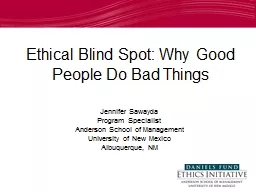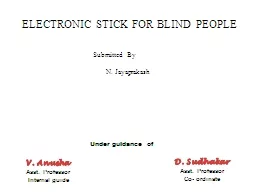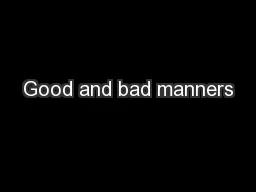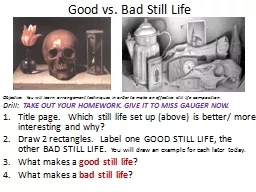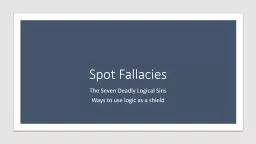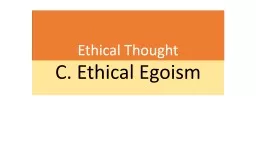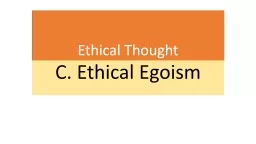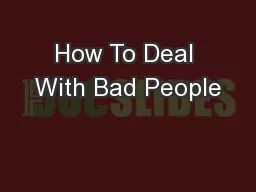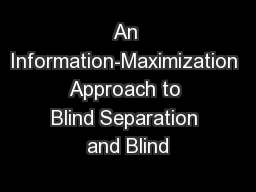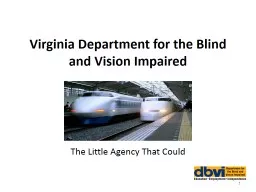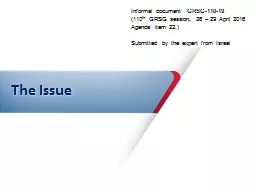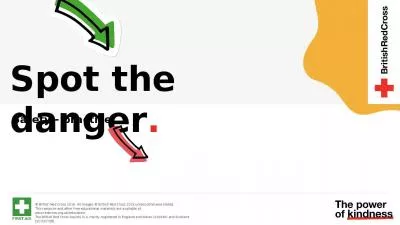PPT-Ethical Blind Spot: Why Good People Do Bad Things
Author : olivia-moreira | Published Date : 2015-10-28
Jennifer Sawayda Program Specialist Anderson School of Management University of New Mexico Albuquerque NM Most misconduct in organizations is done by bad apples
Presentation Embed Code
Download Presentation
Download Presentation The PPT/PDF document "Ethical Blind Spot: Why Good People Do B..." is the property of its rightful owner. Permission is granted to download and print the materials on this website for personal, non-commercial use only, and to display it on your personal computer provided you do not modify the materials and that you retain all copyright notices contained in the materials. By downloading content from our website, you accept the terms of this agreement.
Ethical Blind Spot: Why Good People Do Bad Things: Transcript
Download Rules Of Document
"Ethical Blind Spot: Why Good People Do Bad Things"The content belongs to its owner. You may download and print it for personal use, without modification, and keep all copyright notices. By downloading, you agree to these terms.
Related Documents

